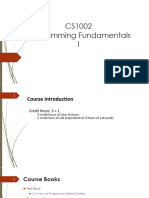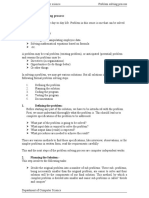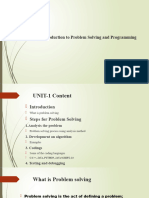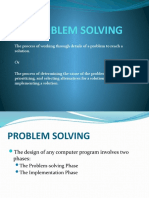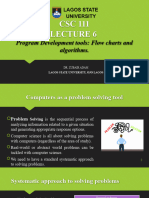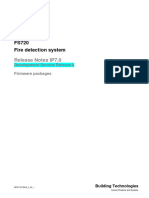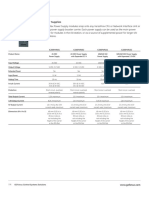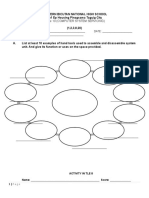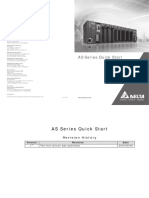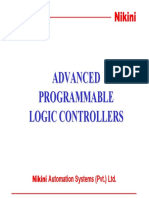0% found this document useful (0 votes)
52 views29 pagesClass2 Notes
This document discusses the problem-solving process for developing computer programs. It covers analyzing problems, creating input-process-output charts, planning algorithms with pseudocode and flowcharts, and desk-checking algorithms by walking through them step-by-step. The goal is to help students understand how to solve problems by determining the required inputs and outputs and developing step-by-step instructions to transform the inputs into outputs.
Uploaded by
Justin RamonCopyright
© © All Rights Reserved
We take content rights seriously. If you suspect this is your content, claim it here.
Available Formats
Download as PDF, TXT or read online on Scribd
0% found this document useful (0 votes)
52 views29 pagesClass2 Notes
This document discusses the problem-solving process for developing computer programs. It covers analyzing problems, creating input-process-output charts, planning algorithms with pseudocode and flowcharts, and desk-checking algorithms by walking through them step-by-step. The goal is to help students understand how to solve problems by determining the required inputs and outputs and developing step-by-step instructions to transform the inputs into outputs.
Uploaded by
Justin RamonCopyright
© © All Rights Reserved
We take content rights seriously. If you suspect this is your content, claim it here.
Available Formats
Download as PDF, TXT or read online on Scribd
/ 29





